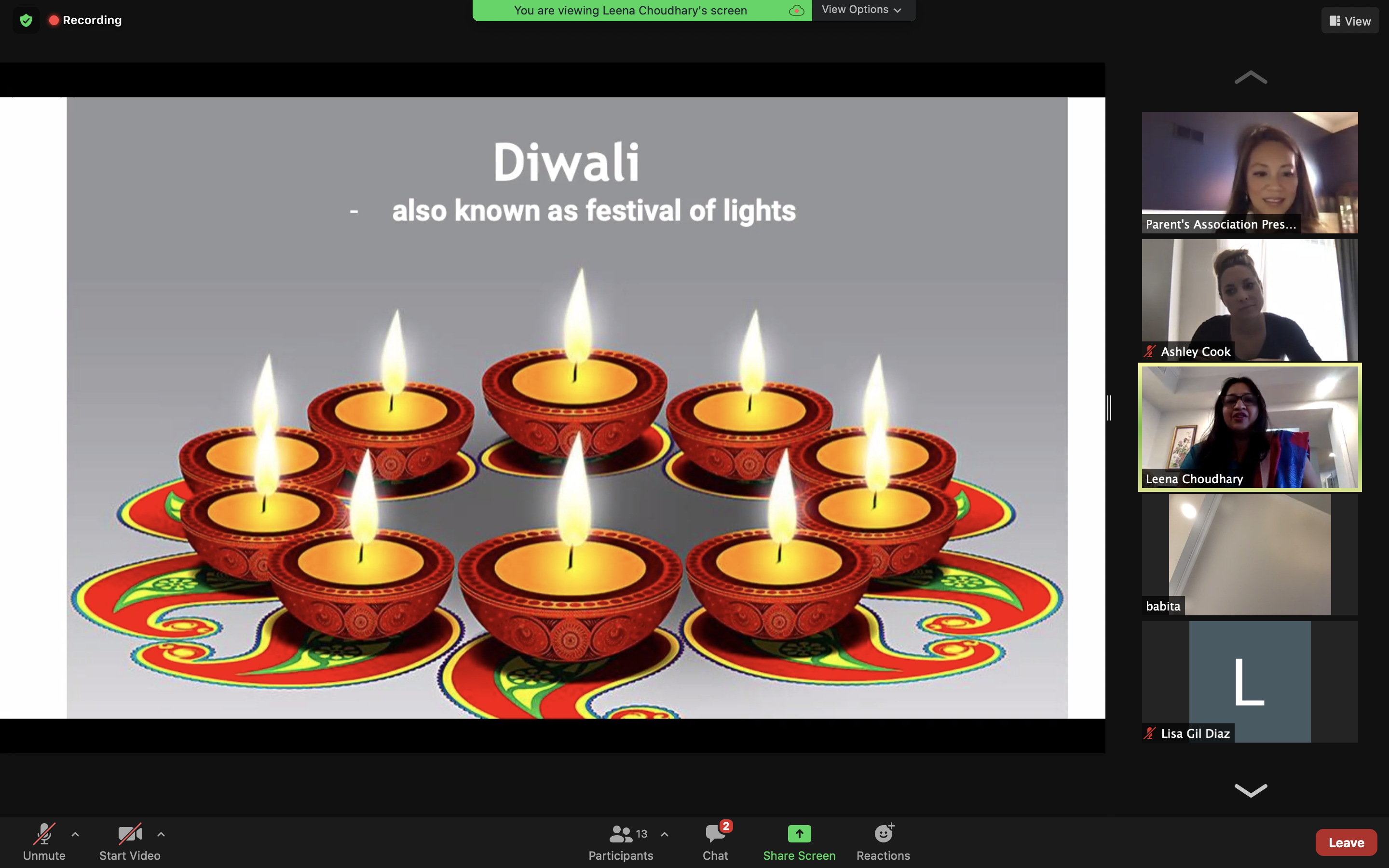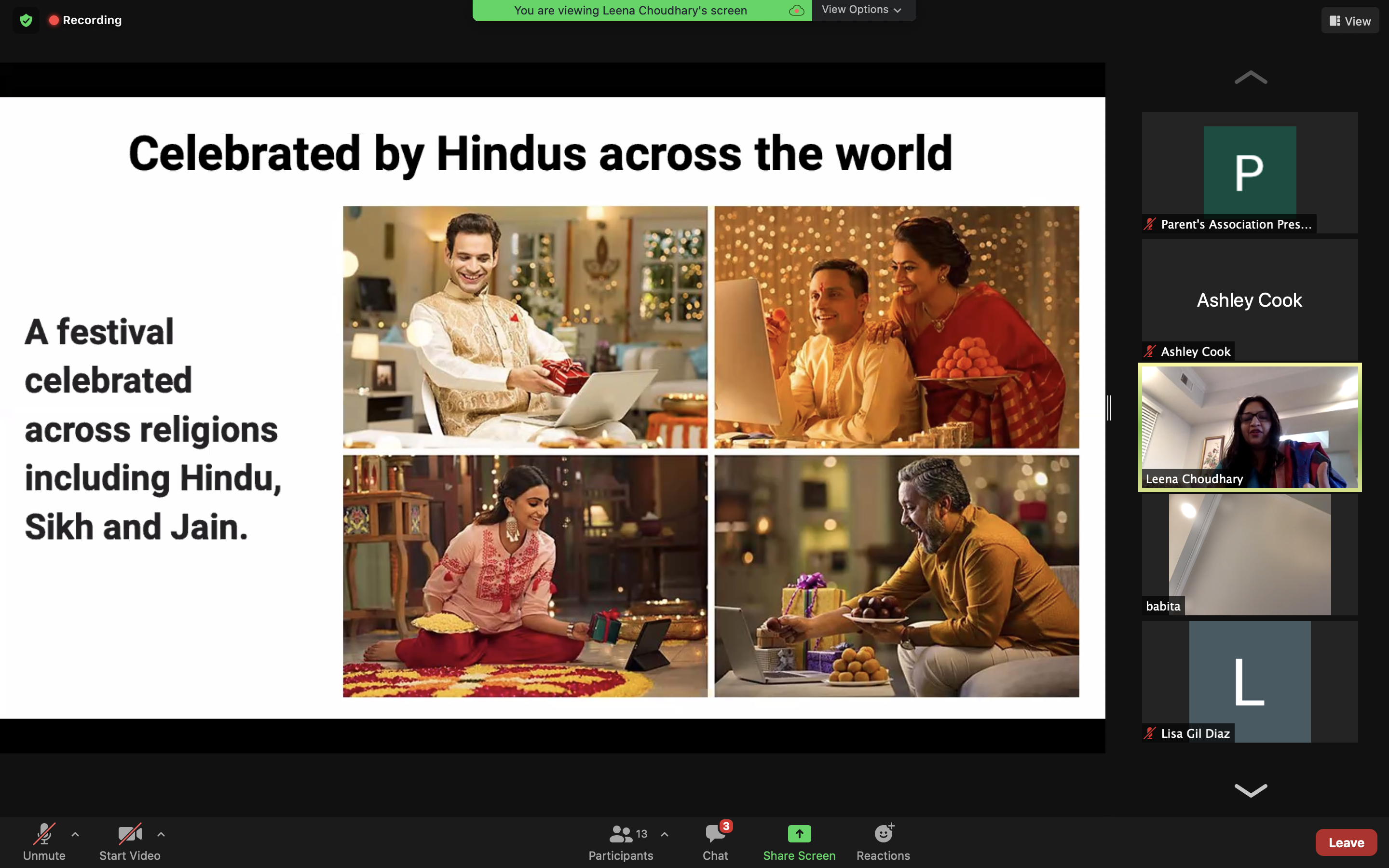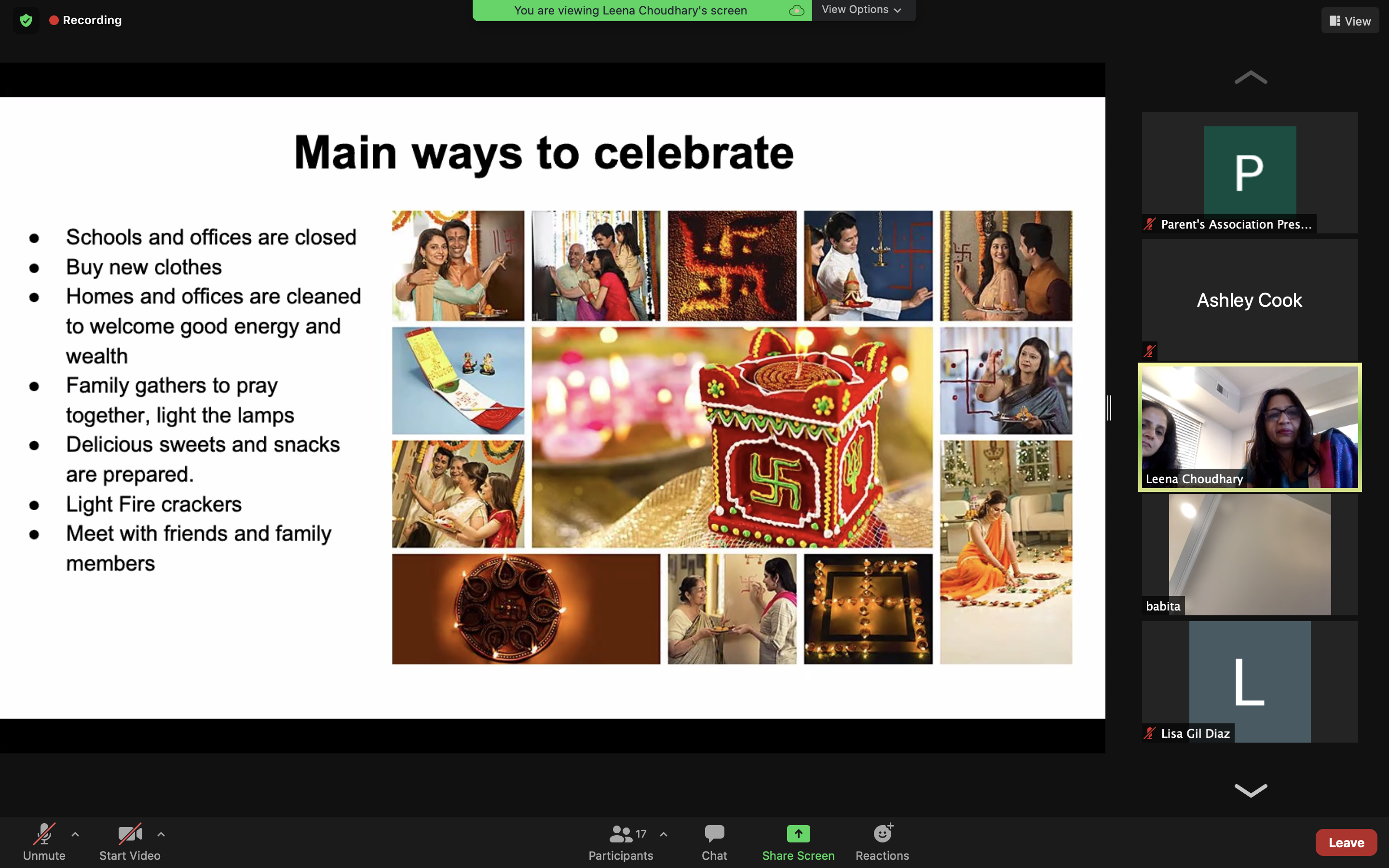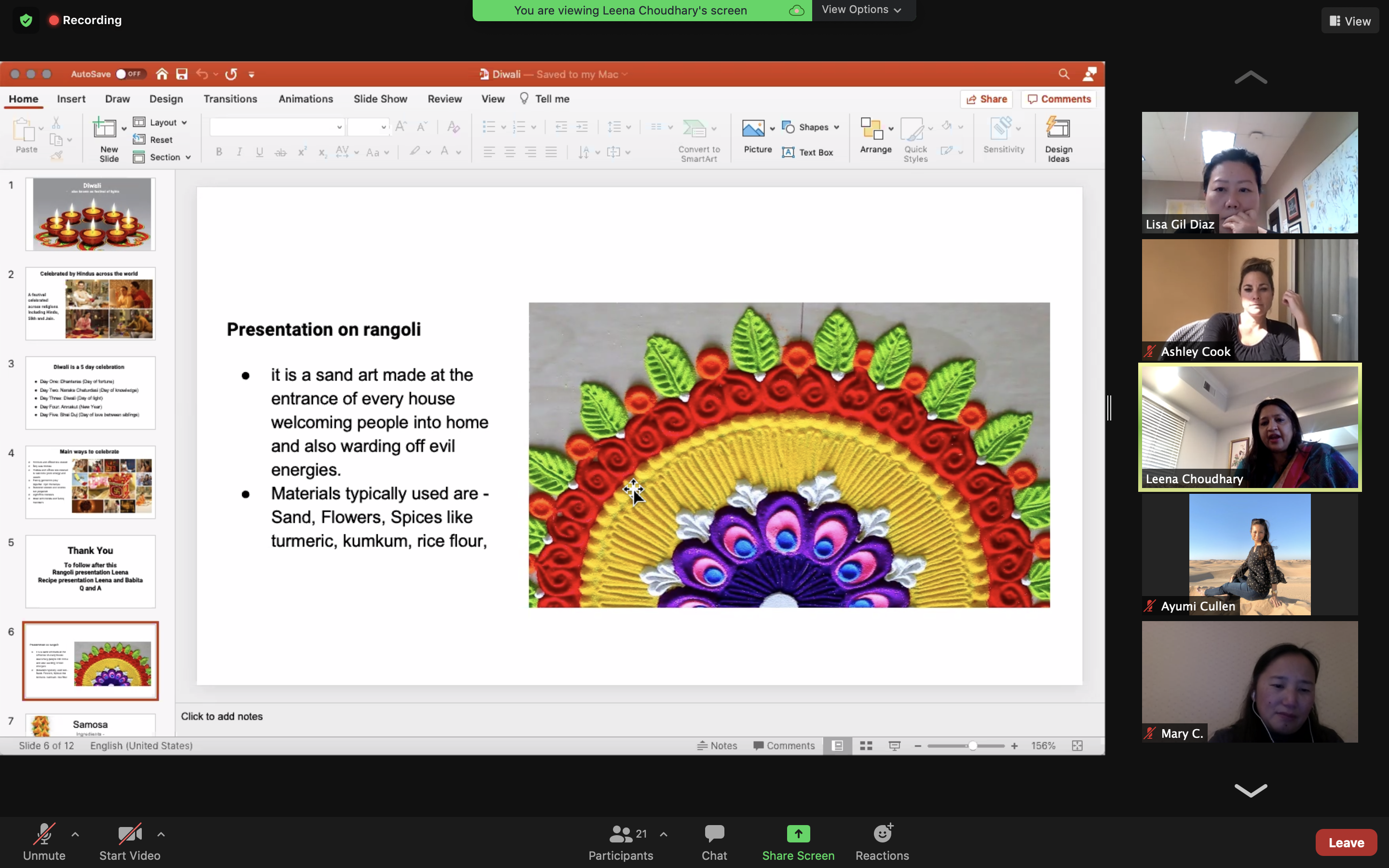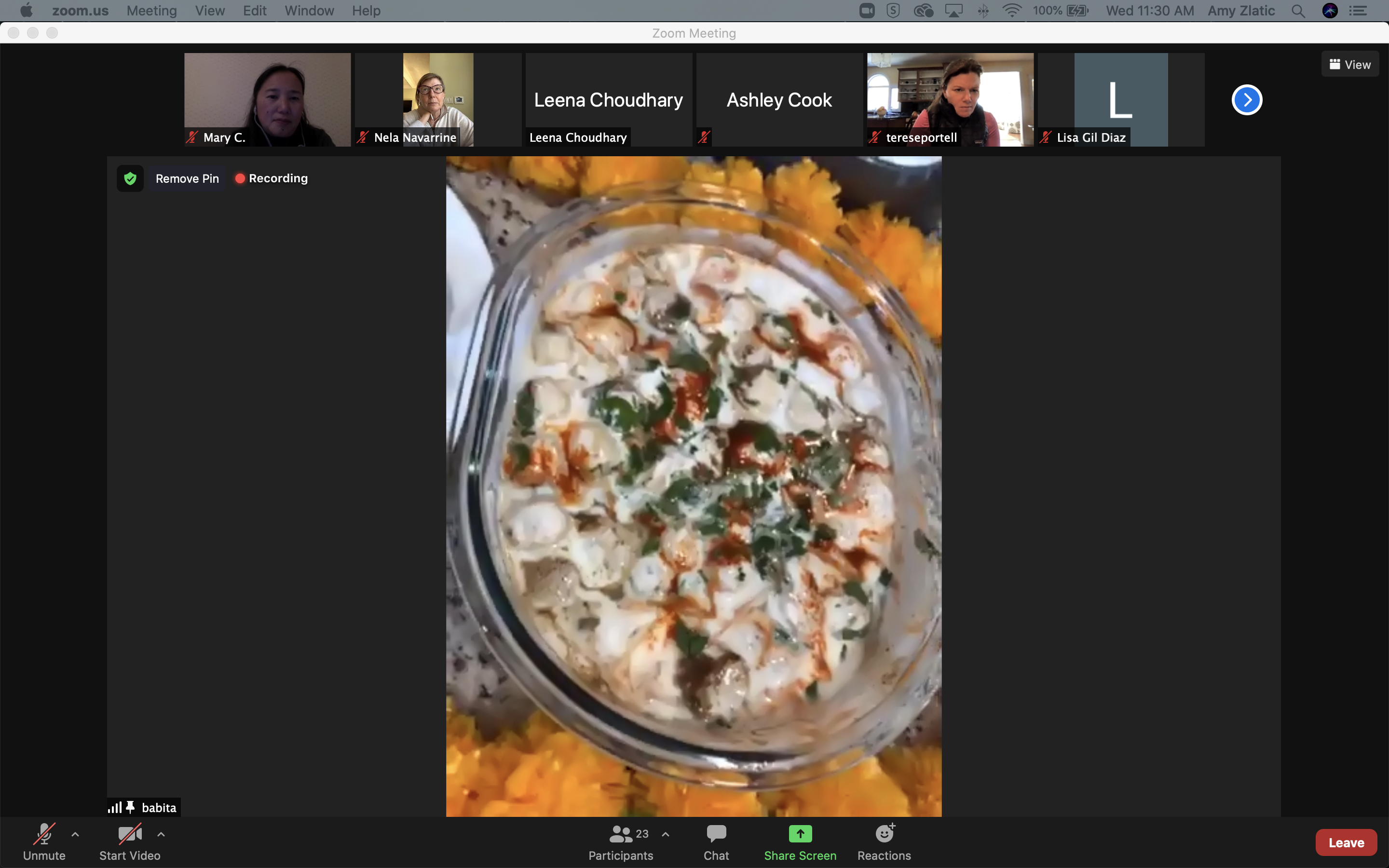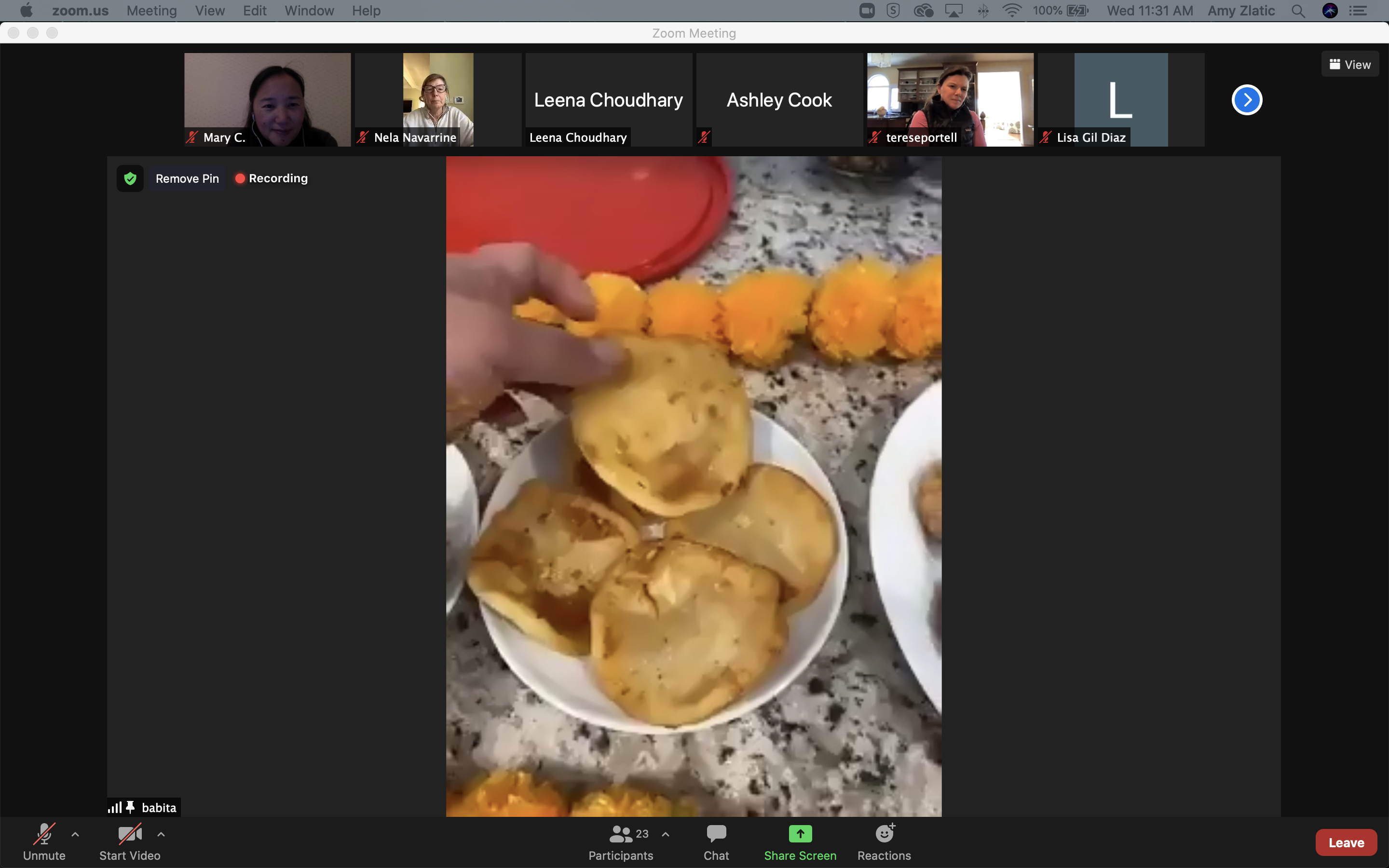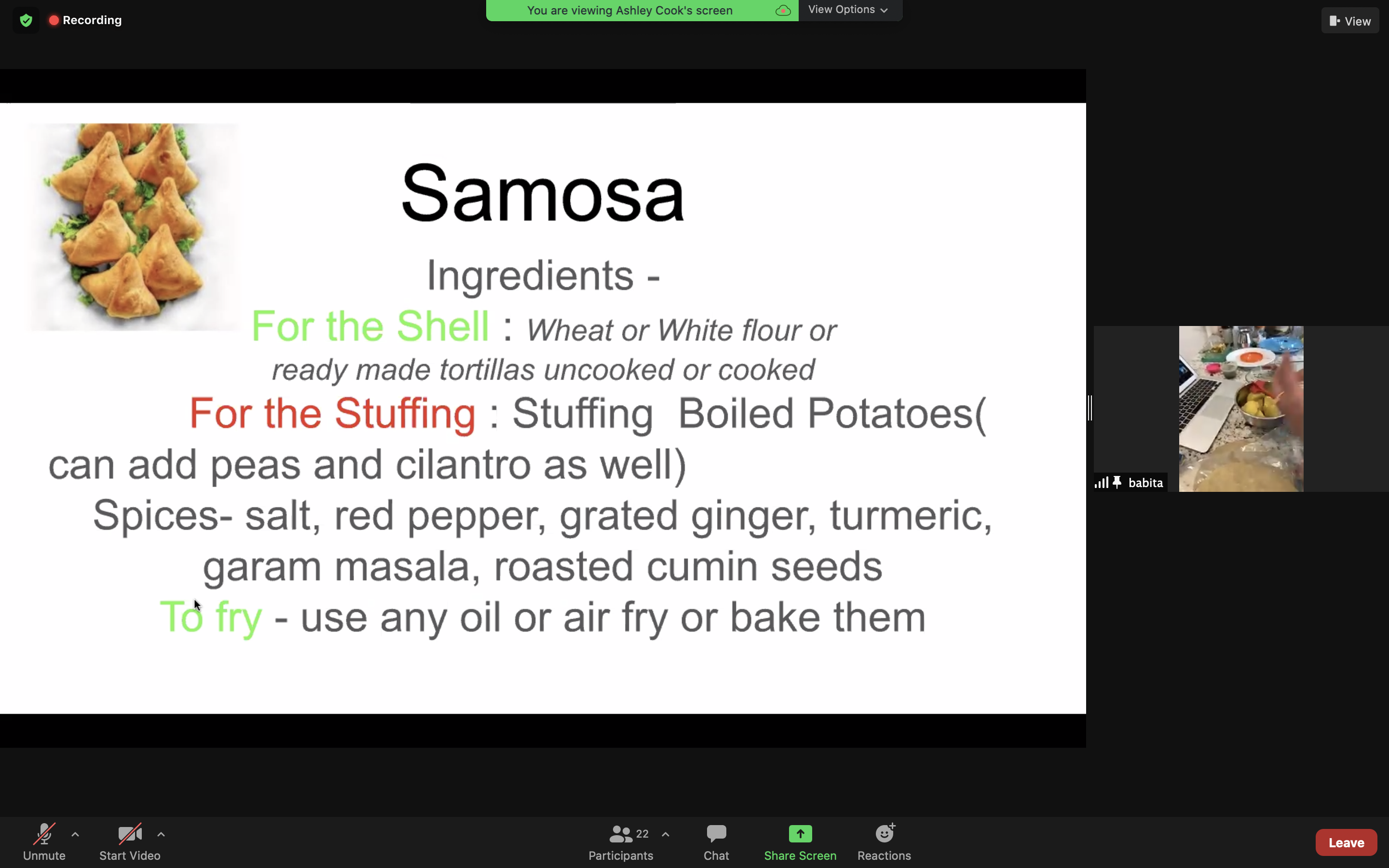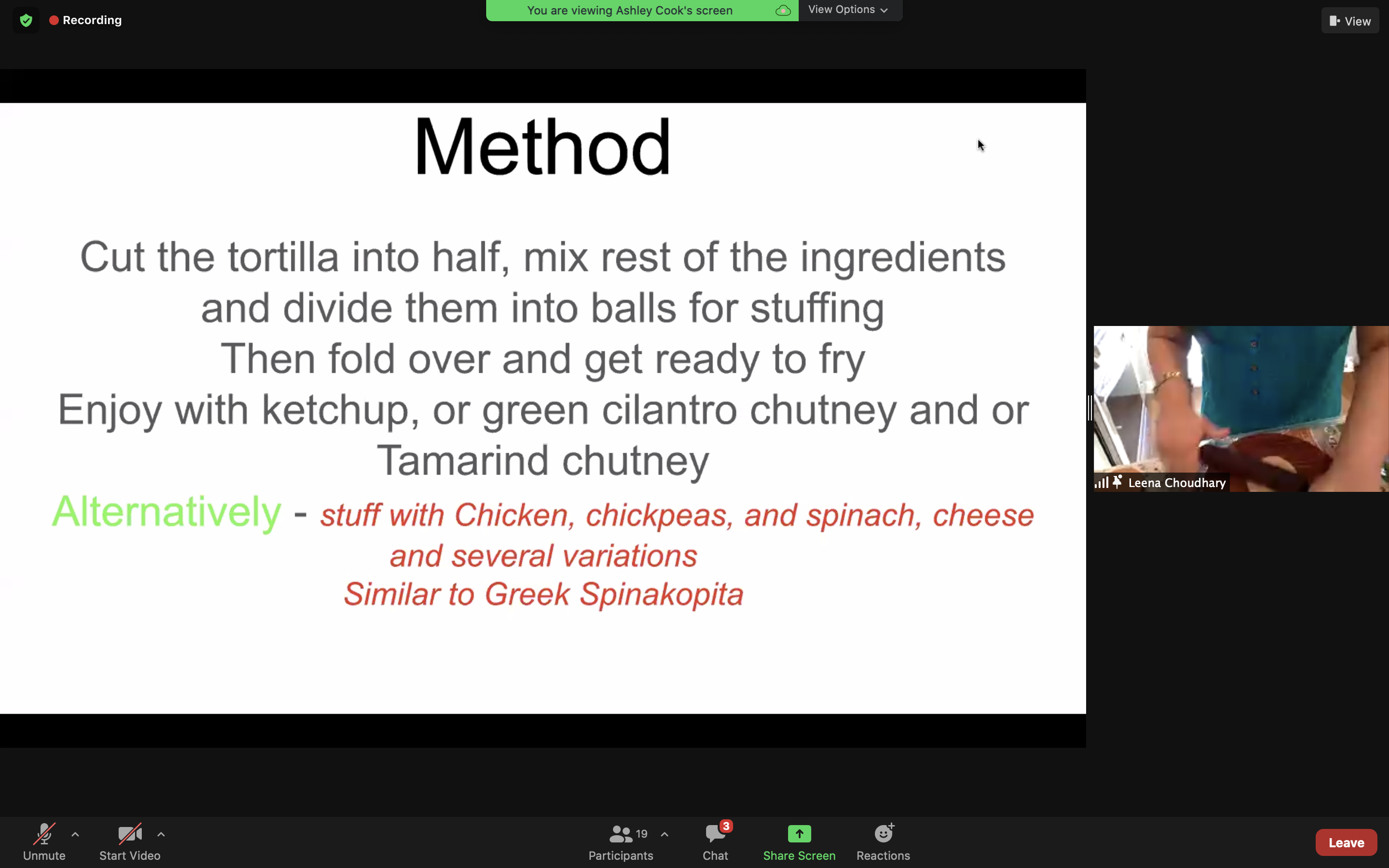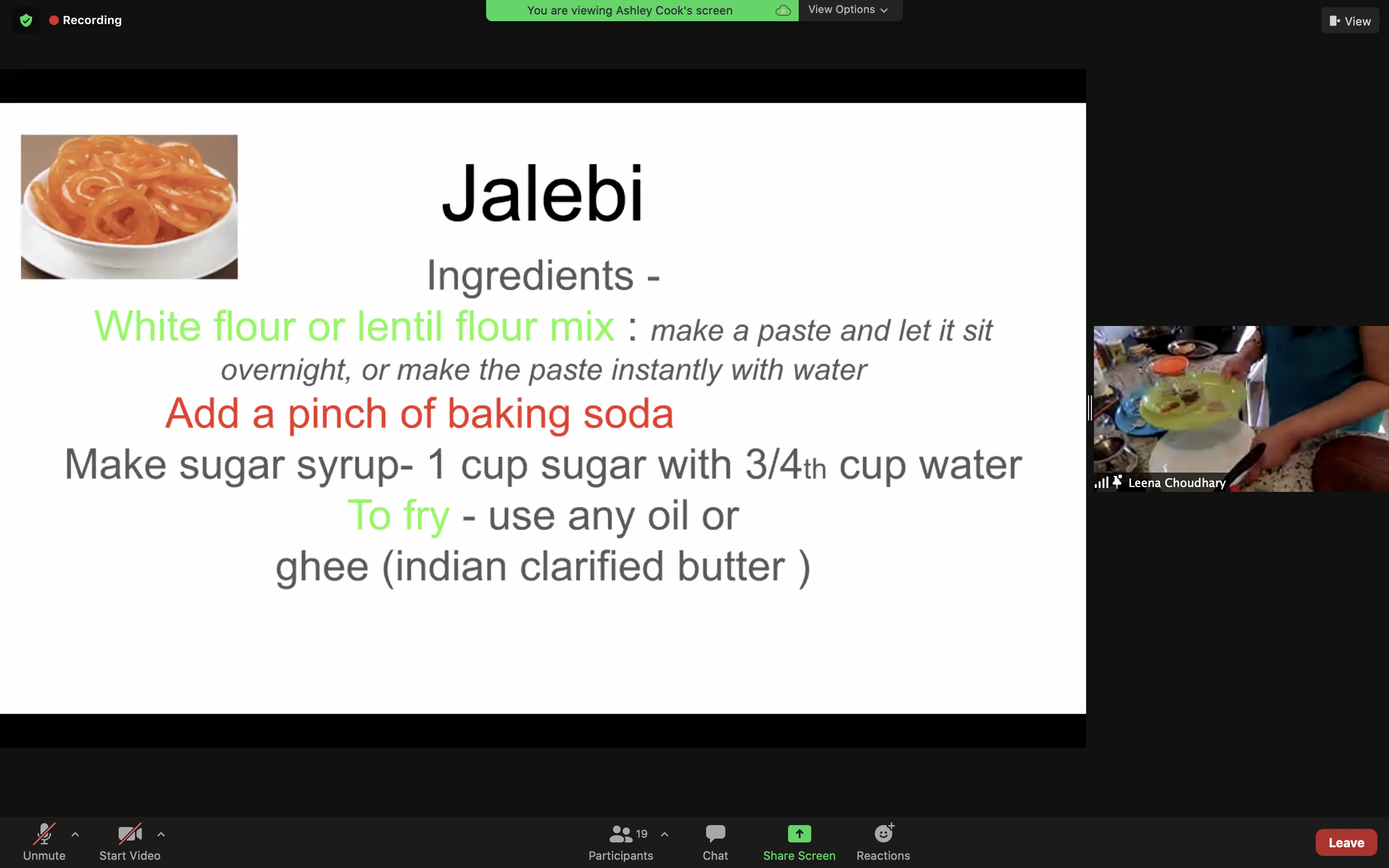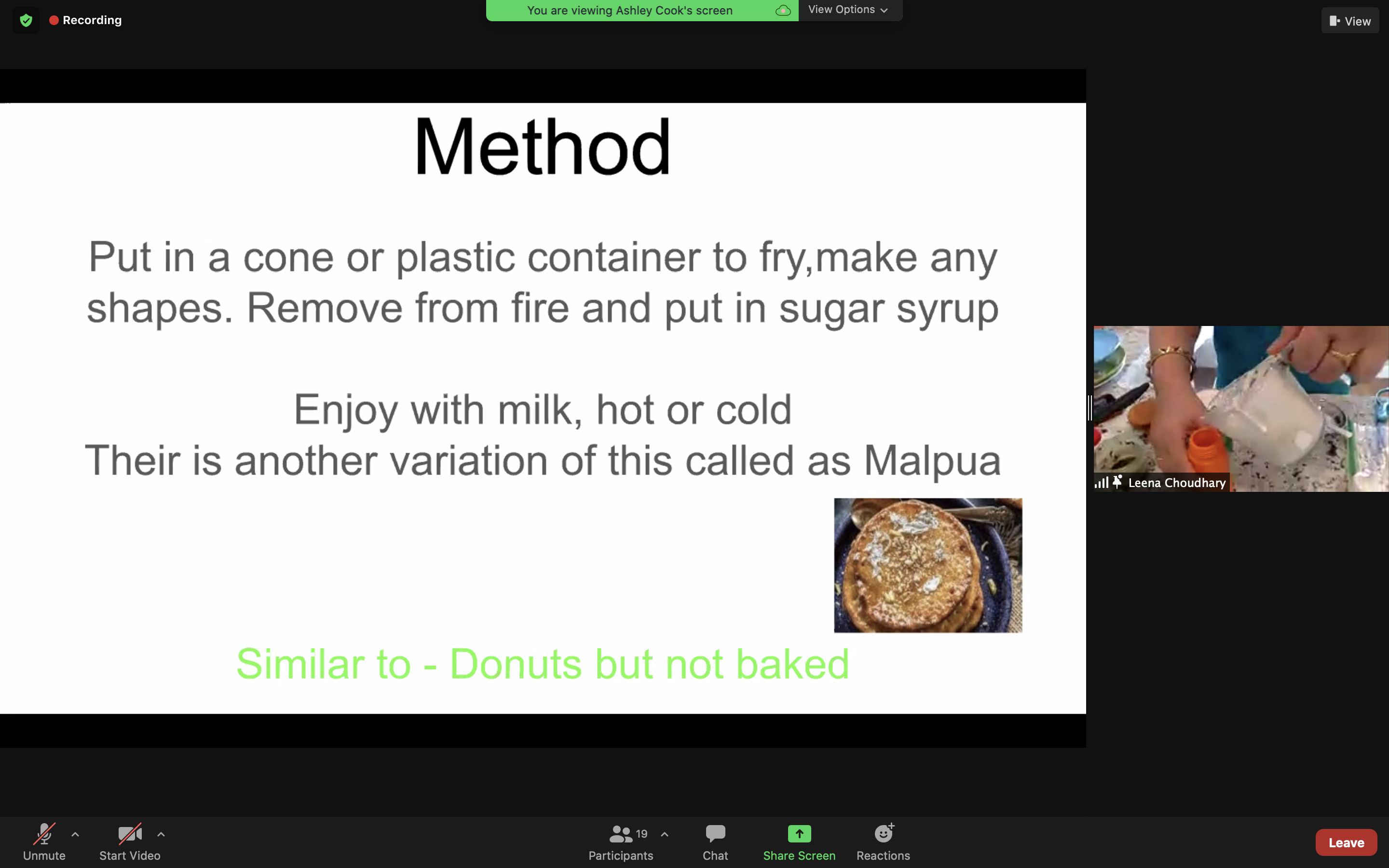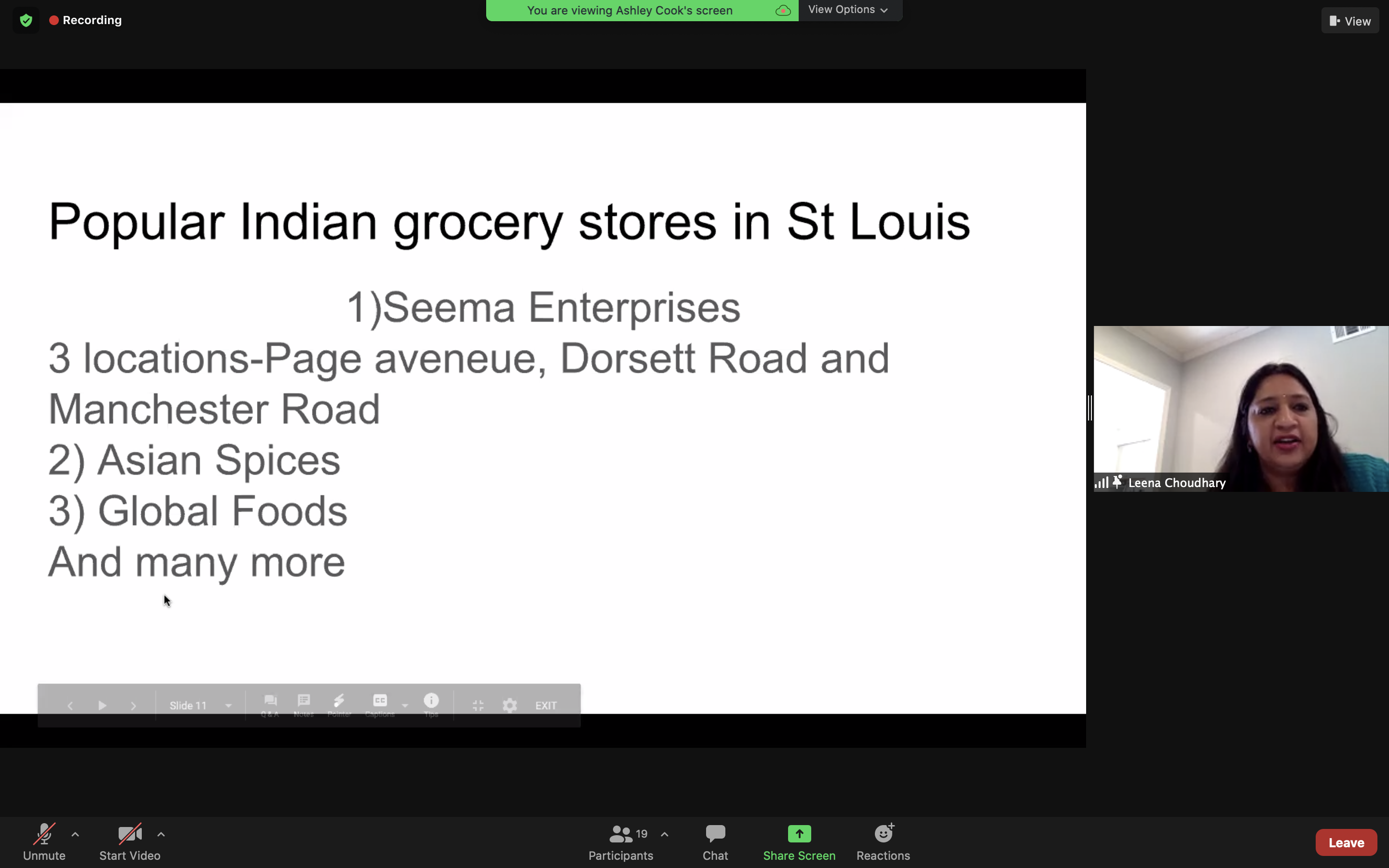It might be getting dark earlier, but there’s one special celebration that is sure to brighten things up! On Wednesday, the MICDS Passport Series enjoyed learning all about Diwali, the festival of lights that is celebrated by the Hindu, Sikh, and Jain religions. This year’s presentation was conducted virtually by MICDS parents Leenna Chouddhary and Babita Kumar.
Some attendees were surprised to learn that Diwali is actually a five-day celebration. The five days celebrate deities such as Lakshmi, the Goddess of wealth and prosperity, and Ganesha, the god of wisdom, success, and good luck. This year, the five days of celebration fell over Thursday, November 12 through Monday, November 16. The days of celebration are based on the lunar calendar, so the days change each year.
- Day One: Dhanteras (Day of fortune)
- Day Two: Naraka Chaturdasi (Day of knowledge)
- Day Three: Diwali (Day of light) – The main day of this festival. Goddess Lakshmi, who is the Goddess of wealth and prosperity, is worshipped on this day.
- Day Four: Annakut (New Year)
- Day Five: Bhai Duj (Day of love between siblings)
There are many ways to celebrate the festival of lights. Participants gather with their dearest friends and family. Schools and offices are typically closed for Diwali. Homes and offices are cleaned to welcome good energy and wealth. Families buy new, fine clothes. They gather to pray together on each of the five evenings and offer food and flowers, light incense and lamps, and chant bhajans (mantras) to the respective god and goddesses in order to seek their blessings. They also light firecrackers and prepare delicious sweets and snacks. The lighting of the lamps helps to spread light and make darkness go away. These lamps are made of clay and the wick is made of cotton. “We use oil or clarified butter for the lamp,” shares Leenna. All of these materials are natural and have been used for over 1,000 years since this festival originated.
After giving an overview of Diwali, Leenna spoke about Rangoli. Rangoli is an intricate art masterpiece made of sand that is placed at the entrance of every house. It welcomes people into the home while also warding off evil energies. Designs often include flowers, geometric shapes, and spices like turmeric, kumkum, and rice flour. They can be laid out freehand or with the help of molds. These are created during Diwali but many were surprised to find out that Indian women actually create these every single day. Fun fact: you aren’t supposed to step on the Rangoli just like you’re not supposed to step on the MICDS seal, one parent pointed out!
Next, Leenna and Babita demonstrated cooking two special recipes: samosas and jalebi. They reviewed the ingredients and then demonstrated the cooking process.
At the conclusion, they also shared a list of the most popular Indian grocery stores and restaurants in the St. Louis area. It’s not too late to try these delicious new recipes in a belated Diwali celebration. Or perhaps you can even add them to your Thanksgiving meal next week!
Happy Diwali, everyone, and thank you to all of the parents involved in the MICDS Passport Series Diwali presentation!
